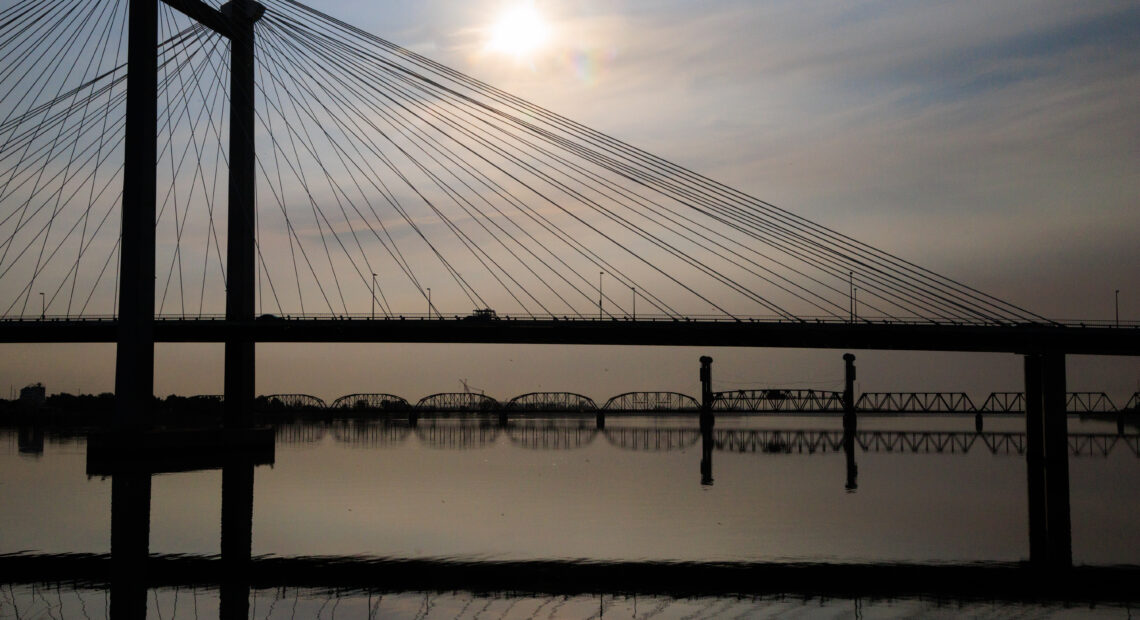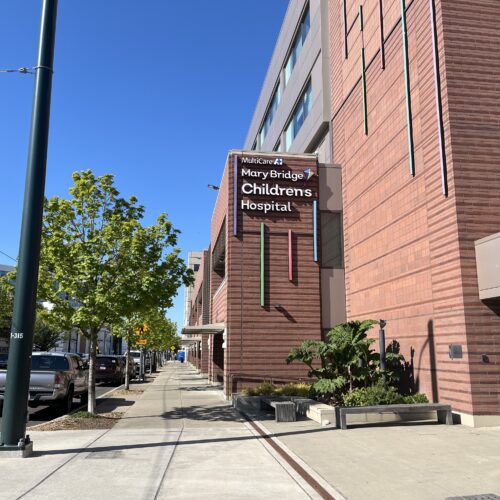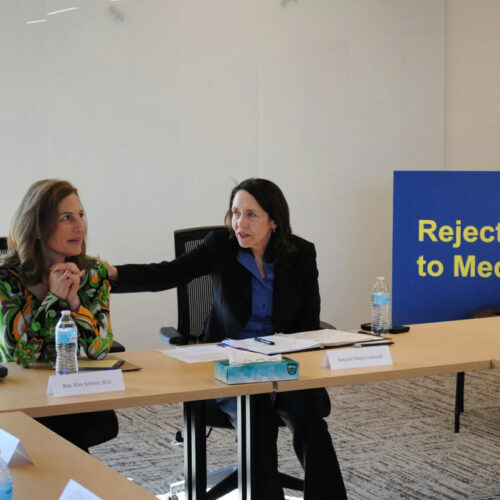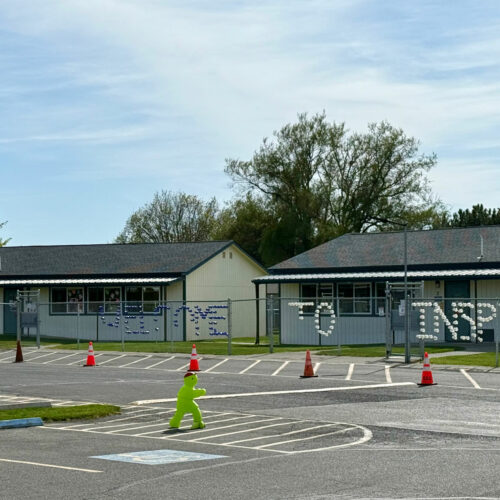
How does climate affect your life? Tri-Cities survey open now
Listen
(Runtime 0:55)
Read
A state law in Washington means cities, towns and counties have to come up with climate change plans. Tri-Cities leaders want your help.
In 2023, the state required municipalities in Washington to include climate change plans when thinking about long-term growth and development.
“ The Department of Commerce championed us as a positive example of how you can work together to fight climate change rather than each individual city doing something, you all can be working together to do it,” said Erin Braich, the Metropolitan Planning Organization Director for the Benton-Franklin Council of Governments.
Across Washington, from Seattle to Yakima to Spokane, governments are developing comprehensive plans that tackle climate change.
The state wants municipalities to be more prepared and ready to recover better from potential disasters, like flooding or droughts. Leaders also have to think about things like reducing heat-trapping greenhouse gas emissions and the amount of miles government cars travel.
“Each city or county that you live in is required to put together a comprehensive plan, whether that’s for housing, transportation, or land use,” Braich said. “One of the new requirements for this update of the comprehensive plans is climate change and how are you doing climate planning.”
In southeastern Washington, the Benton-Franklin Council of Governments – along with city and county leaders – are looking for ways to cooperate and help each other reduce climate effects.
First, the Tri-Cities survey asks about regional hazards, trends and climate change projections. People can find the survey online in English and Spanish.
“In the Tri-Cities, weather can change very quickly. So any weather event that really is increasing is what we want to hear about,” Braich said.
In the Tri-Cities region, climate change is expected to bring extreme heat, more wildfire smoke, longer droughts and increased flooding from changes in precipitation in the spring and summer.
The climate has already changed in the region, said Braich, who grew up in the Tri-Cities.
“Being outside and playing sports and everything, I always remember there’d be one to probably 10 days over 100 degrees. But it seems now it’s routine that we’re having two weeks to a month of over 100 degrees or even some days over 110,” he said.
That goes for winter storms as well. Now, he said, it seems it mostly snows in February.
Tri-Cities leaders are using the National Extension Climate Initiative for some data. Since 1895, temperatures in Benton County have increased 2.9 degrees, and 2.3 degrees in Franklin County, according to the data.
According to data from Climate Toolbox, spring, fall and winter precipitation will increase in the area, with winter precip potentially increasing by up to 19%. That could overwhelm stormwater systems and lead to flooding.
At the same time, summer precipitation could decrease by up to 8.5%, leading to drought risks.
Regional planning for those events is important, Braich said.
“ The Tri-Cities is a unique geographic location,” he said. “We have three major rivers cutting through us and then we have the Horse Seven Hills just to the south of us. Weather events in our region don’t just impact one jurisdiction or one county. Looking at the regional impact throughout the entire Tri-Cities area is really important.”
















